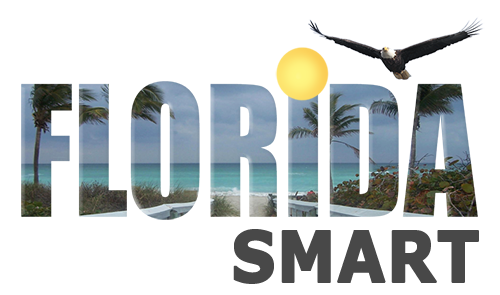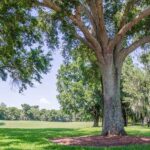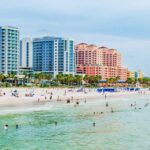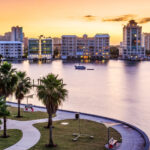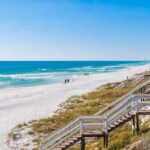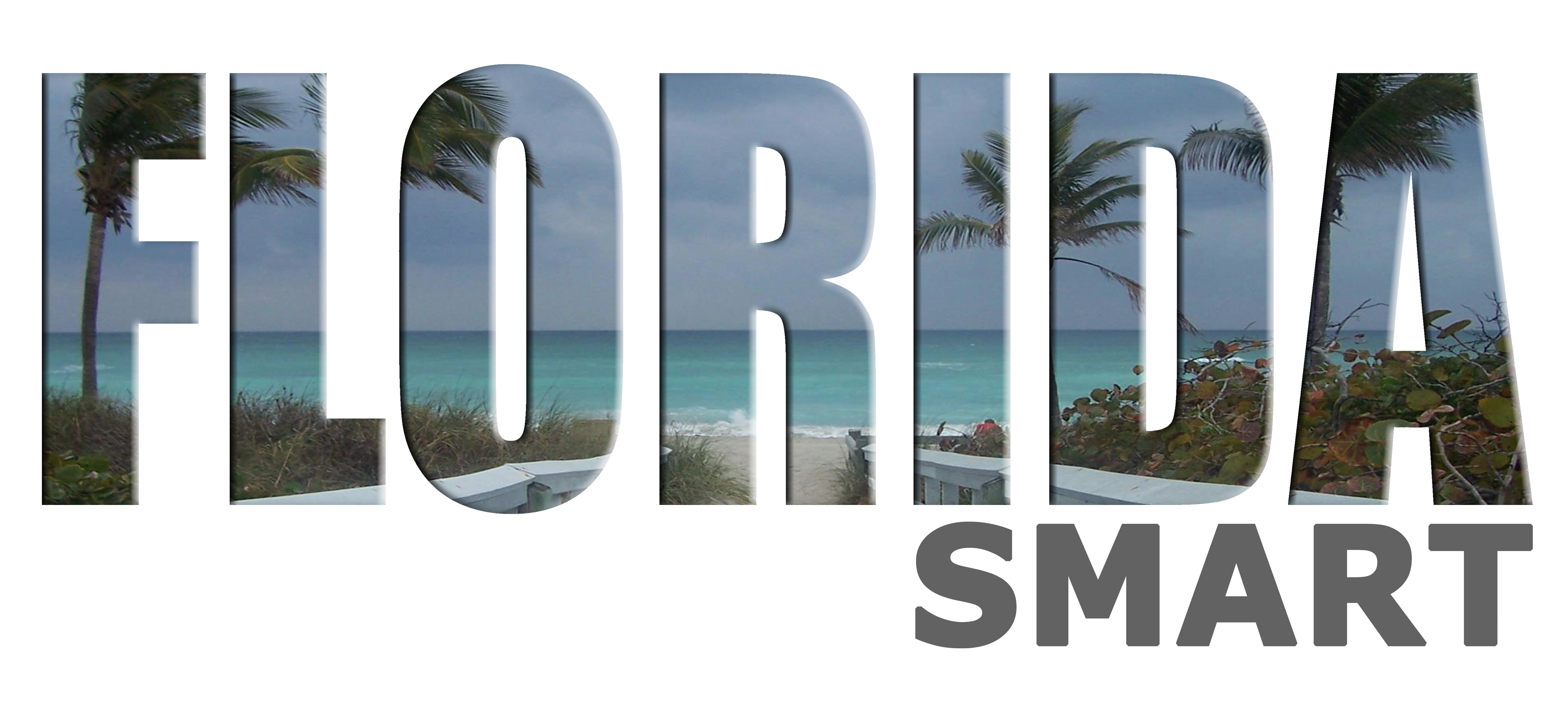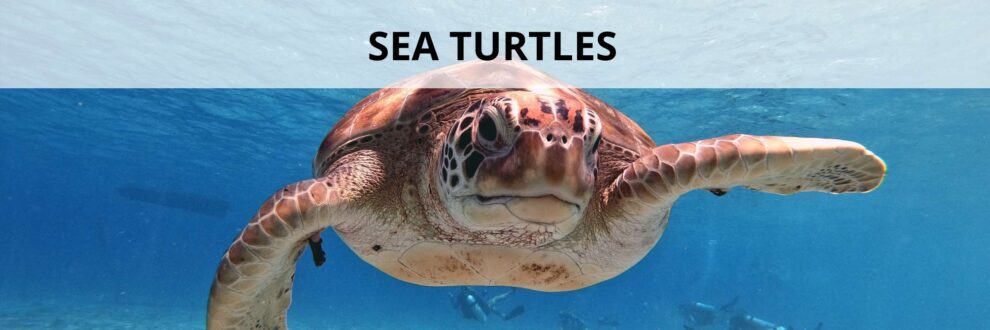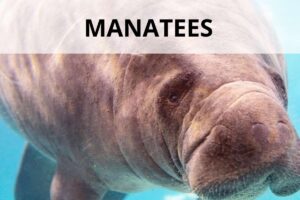Sea turtles are large, air-breathing reptiles that come ashore on our Florida beaches to lay their eggs in the sand. They are unique from land turtles with their large flippers that make them adept swimmers in the tropical and subtropical seas. All 5 sea turtles that frequent Florida’s water’s and beaches are on the Endangered Species List as endangered or threatened. They are protected by both the Federal Endangered Species Act and the Florida Marine Protection Act. This means that it is against the law to touch, disturb, harass, or harm sea turtles, hatchlings, or their nests.
From March to October, Sea Turtles nest on Florida Beaches and it is important to follow the guidelines to help protect the sea turtles that frequent Florida’s beaches. While on the beaches, avoid disturbing marked nests, remove trash, fill in holes, do not climb or walk on the dunes or disturb dune vegetation, and if you are on the beach at night, avoid using flashlights or flash photography.
Of 7 total species of sea turtles in the world, 5 of them head to Florida’s waters and beaches to nest every year.
Loggerhead Turtles (Caretta caretta)
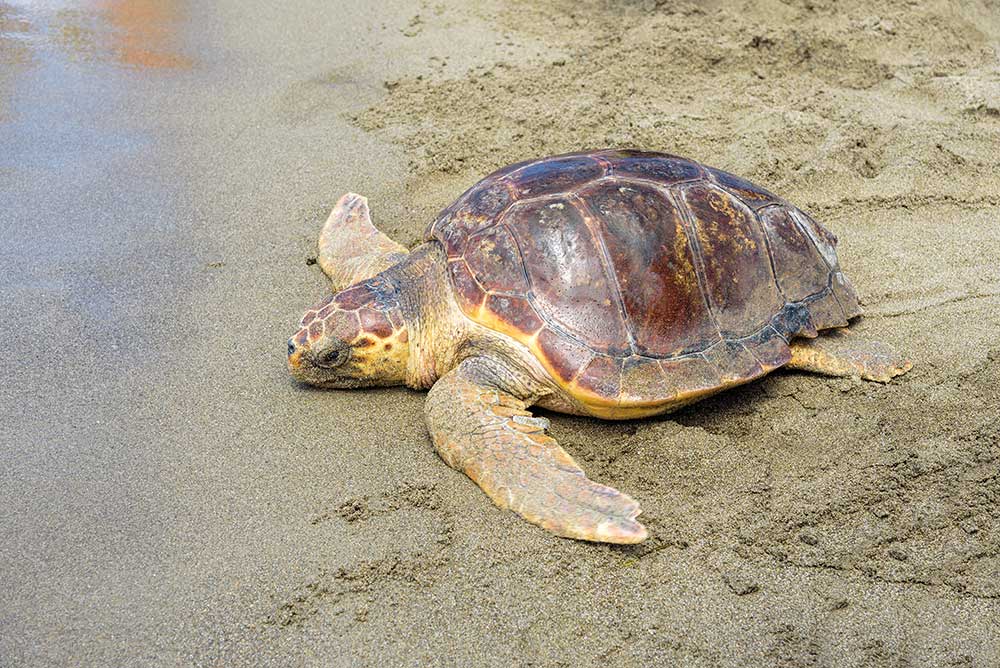
Loggerhead turtles are the most common sea turtle in Florida. It is the only sea turtle listed as threatened (rather than endangered). While they nest around the world, Florida is one of the main areas, most commonly in Cape Canaveral and the Sebastian Inlet areas.
They are named for its recognizable large head. The body is reddish or yellowish brown and heart shaped. They grow to about 3 feet in length and weigh up to 375 pounds. They have powerful jaws that allow them to eat the shellfish in the shallow waters of coastal bays and estuaries.
Loggerheads typically nest in Florida from April to September primarily in Brevard, Indian River, St. Lucie, Martin and Palm Beach counties. They nest every 2-4 years and lay 3-6 nests per season. Florida is home to about 90 percent of the loggerhead nests in the northern Atlantic.
Green Sea Turtles (Chelonia mydas)
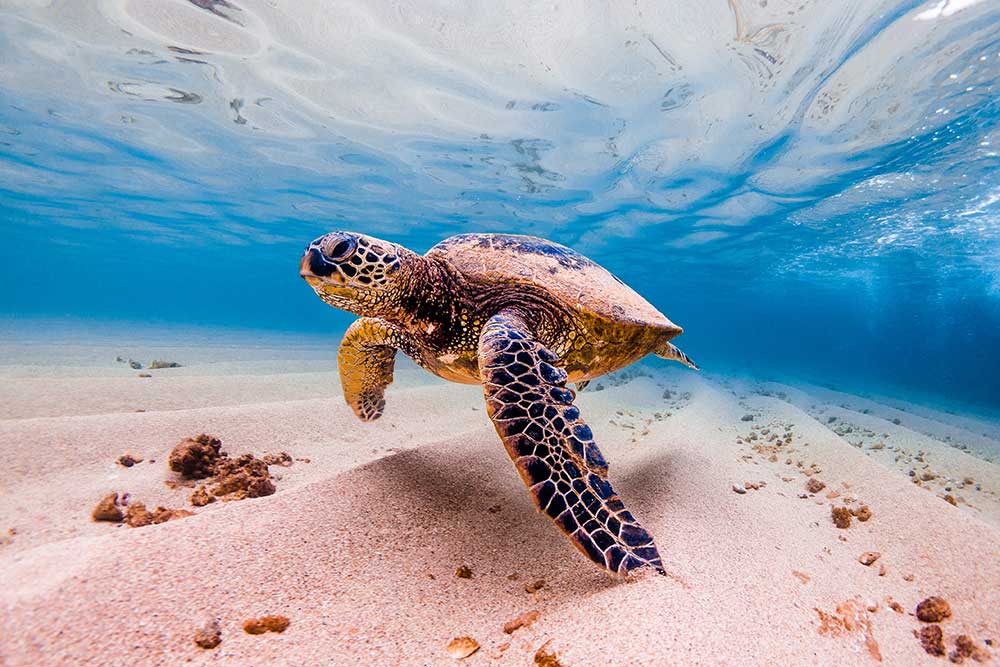
Green Sea Turtles were named for the green color of the fat under their shell. They are easy to identify by their single pair of prefrontal scales, small head and serrated jaw. The body is body without ridges, oval shaped and flatter than other species. The adults grow to be one of the largest of the sea turtles with the largest recorded at 5 feet and 871 pounds. They are the only sea turtle whose diet is strictly herbivorous as adults, eating mostly sea grass and algae from their tropical habitats near the coastline, around islands and in bays.
Green Sea Turtles nest every 2 years laying 3-5 nests per season and nest along Florida’s beaches from June to September. Their nests have been found in every coastal county in Florida, though primarily on Florida’s east coast.
Leatherback Sea Turtles (Dermochelys coriacea)

Leatherbacks are the largest sea turtle, named for their rubbery shell. It is the only sea turtle that does not have a hard shell. It’s body is large and elongated with 7 distinct ridges. The largest recorded size was almost 10 feet long and weighted 2,019 pounds. Their diet is almost exclusively jellyfish in the open ocean and offshore around the world. Interestingly, they are the only known reptile to remain active in areas where the water is below 40 degrees F. Their streamlined body shape and powerful front flippers make them incredible swimmers who cross 1000s of miles and can handle fast currents.
Leatherbacks nest every 2-3 years laying 4-7 nests per season nesting in Florida from March through July. Leatherbacks do the majority of their nesting on Florida’s east coast, primarily in Palm Beach County.
Kemp’s Ridley Sea Turtle (Lepidochelys kempii)
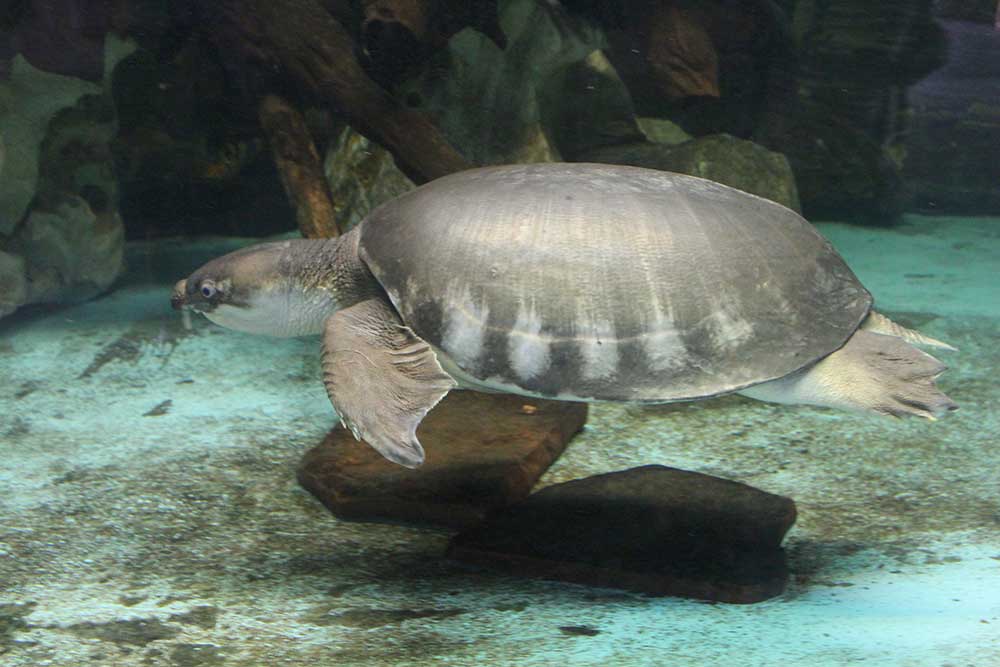
Named after Richard Kemp who helped discover and study the turtle, the Kemp’s Ridley is the most endangered of all sea turtles. It’s head is moderate and triangular in size. The carapace is dark grey green with a white or yellowish plastron and is bony without ridges with 5 lateral scutes. The hatchings are jet black. The Kemp’s Ridley is one of the smaller species weighing up to 100 pounds.
The Kemp’s Ridley nests more often than other sea turtle species, typically every 1-3 years and 2-3 times each season.
Hawksbill Sea Turtle (Eretmochelys imbricata)
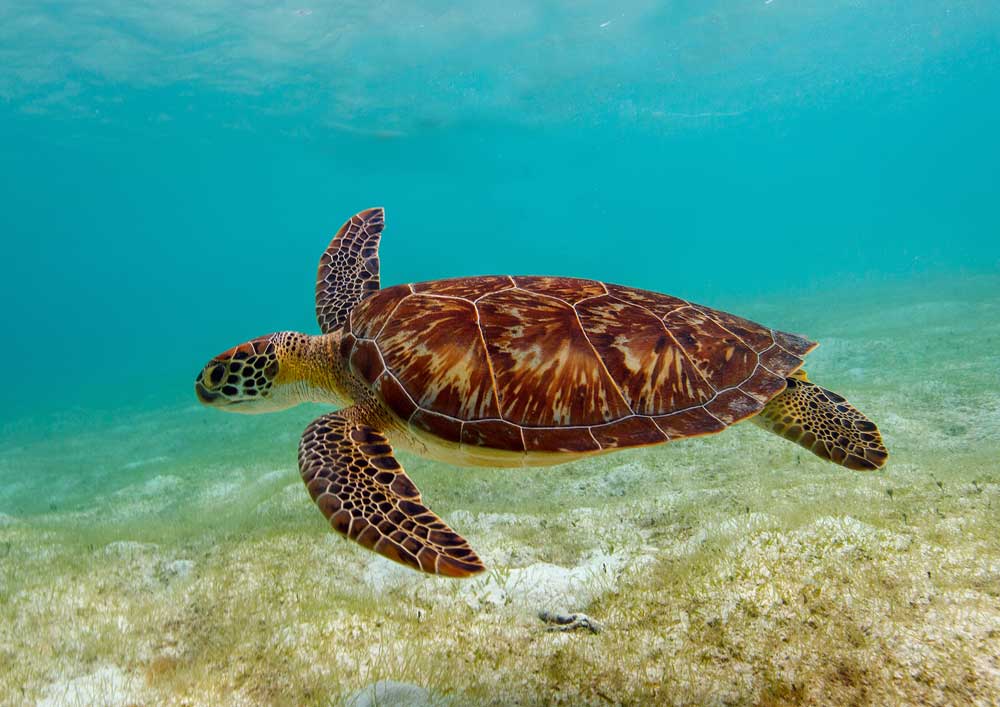
Named for its narrow head and hawk-like beak, the Hawksbill Sea Turtle is one of the smaller of the species growing up to 3 feet and weighing up to 150 pounds. It’s body is body without ridges with 4 lateral scales and is orange, brown or yellow in color and is elliptical in shape. With its narrow head and beaklike jaw, it gets food from crevices in the coral reefs in the tropical and subtropical waters it inhabits dieting on sponges, anemones, squid and shrimp.
The Hawksbill nests every 2-4 years laying their nests 3-6 times per season. Hawksbills are seen from the Keys to Canaveral Seashore.
Sources for Sea Turtle information:
- Sea Turtle Conservancy contains information about sea turtles, their habitats, threats to their survival all around the world. Also check out their extremely fascinating Turtle Tracker that maps the migratory movements of specific turtles.
- Turtle Time Sea Turtle Species
- SeaTurtle.org
- NOAA Fisheries – Green Sea Turtle
- NOAA Fisheries – Hawksbill Sea Turtle
- NOAA Fisheries – Loggerhead Sea Turtle
- NOAA Fisheries – Leatherback Sea Turtle
- NOAA Fisheries – Kemp’s Ridley Sea Turtle
